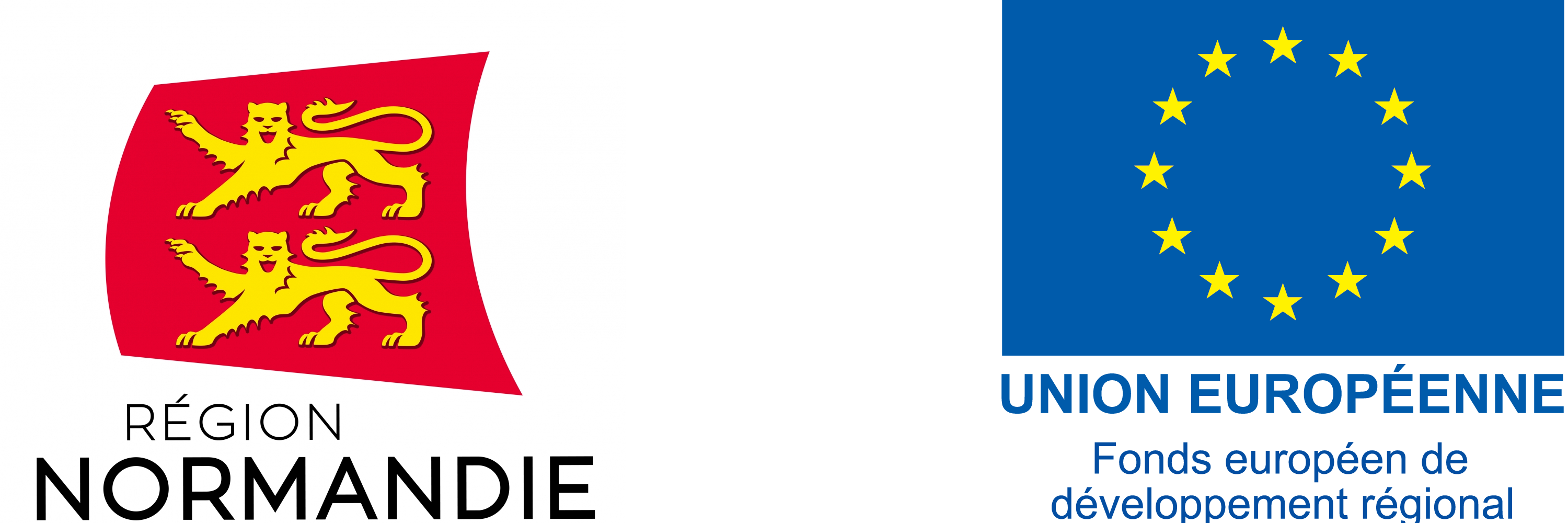SCHISM is a RIN tremplin project, financed by the European Union via the FEDER financing mechanism, bringing together researchers of the Norman universities at Caen (GREYC / CERMN) and Rouen (LITIS). The purpose of the project is the development of interactive clustering and pattern mining techniques to help with chemoinformatics research.
The European project “SCHISM” is funded by the European Union within the framework of the Operational Programme ERDF/ESF
2014-2020.
Contact: Albrecht Zimmermann
